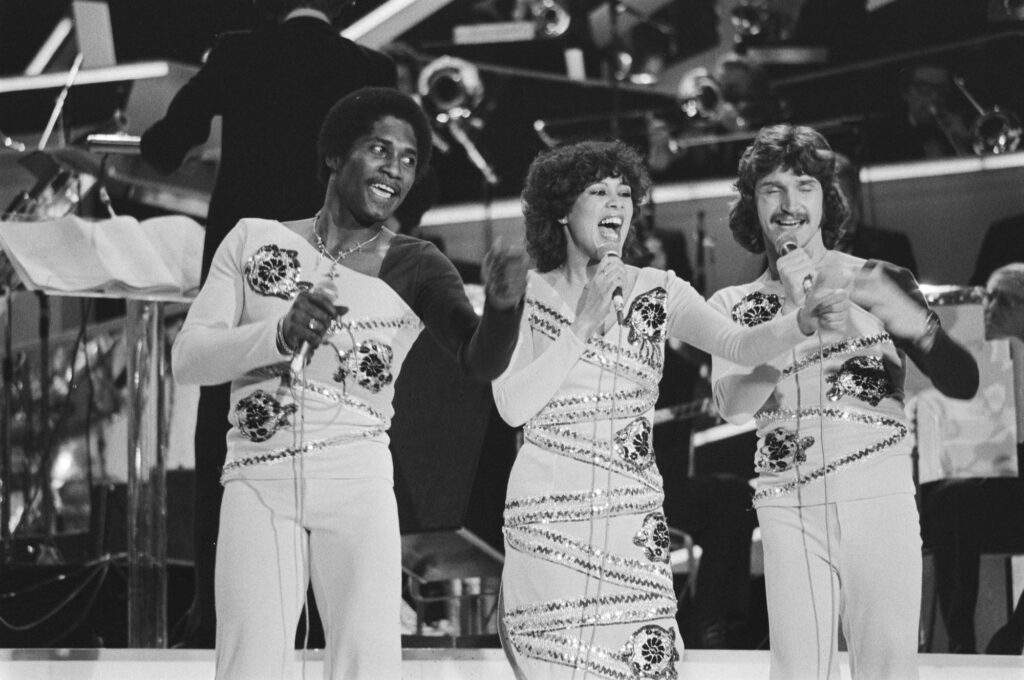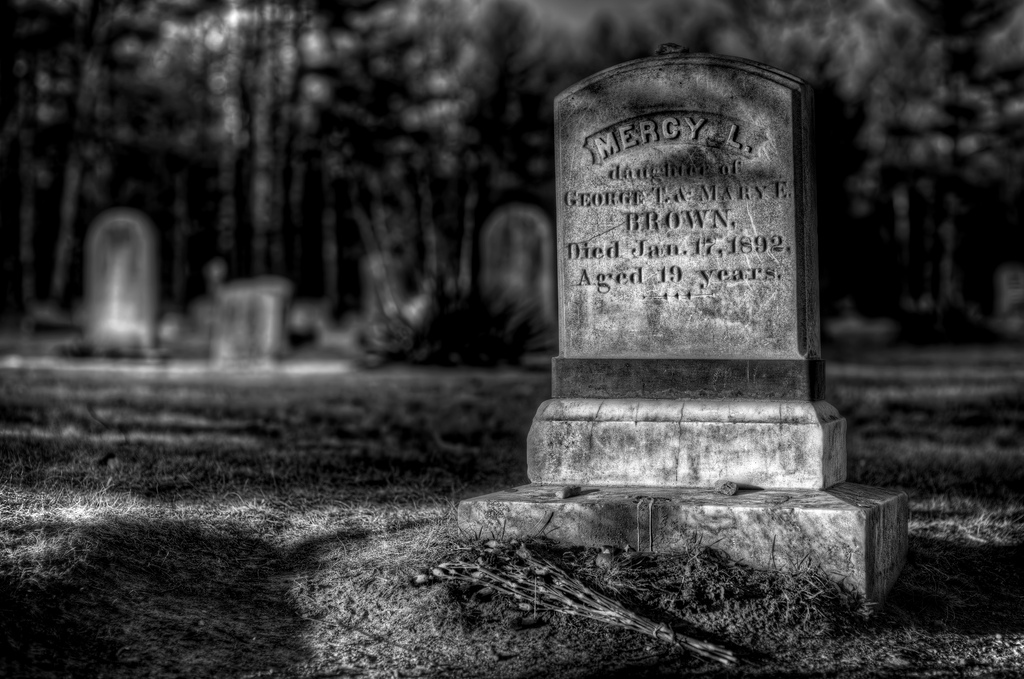In 1959, five musicians in Dayton got together and created a little funk band. Robert Ward was the lead vocalist and played the guitar, with “Rock” Jones on bass, “Satch” Satchell on saxamaphone and guitar, Cornelius Johnson on drums, and “Pee Wee” Middlebrooks as trumpet and trombone. The name they chose: The Ohio Untouchables. While most considered them to be a fairly good band, they had some pretty big problems.
By most accounts, their largest problem was Robert Ward who proved to be less than reliable, getting into fights with band members and crew, and more than once walking off stage in the middle of a gig. So, it was hardly a surprise when, in 1964, the band broke up.
By the following year, the group got back together again, sort of. Ward got himself replaced by “Sugarfoot” Bonner as frontman, and Greg Webster came on to bang the drums. With new members came a newer, more edgier sound. The other big change was that the band would now be called The Ohio Players, to reflect their Ohio roots and all the members thought of themselves as “ladies men”.
The Band would release their first album, Observations in Time, in 1969. For people living in and around Dayton, the album was a huge success. For everyone else, not so much. It wasn’t a bad album, at all. And one of the tracks, Here Today and Gone Tomorrow, was so loved by David Bowie he performed a version of it during his Year of the Diamond Dogs tour.
1972 saw the release of two more Ohio Players albums, with Pain hitting in February and Pleasure in December. And it was with these two albums that people started to take note. The following year, their song Funky Worm would reach the #1 position on the Billboard R&B-Hip Hop charts.
Their first hot hit was Fire, the title track from their sixth album. It reached the No. 1 position on the Billboards R&B and the Hot 100 list. It even scored in the top 10 of their disco tracks. The members of Wild Cherry claimed that the song was the inspiration for their hit Play That Funky Music. Later on, the song would be featured as one of the theme songs for Hell’s Kitchen (on Fox), It was featured in television shows like Gotham and movies like Ladder 49.
While the group did score a number of further songs (and albums), few of their tracks ever saw that level of success, with the exception of 1975’s Love Rollercoaster and to a lesser extent, the following year’s Who’d She Coo?
After the group broke up (for the final time) in 1988, the group was not heard from again. Well, not until 2013 when the group was officially entered into the Rhythm and Blues Music Hall of Fame in Cleveland.
The Urban Legend
Did you know that you can hear a screaming woman being murdered in The Ohio Players’ song Love Rollercoaster? It’s a minute and a half into the single version, and just after the 2:30 mark on the Studio Version. It has to be true. Shaggy from Scooby Doo (yes, I know his name was Casey Kasem) even talked about it on his American Top 40 Radio Show.
In most versions of the legend, the woman being murdered was Playboy model Ester Cordet, who also just happens to be the woman on the cover of the album this song is from, Honey. Some say she was murdered by a bandmate in the alley outside the studio for some reason I guess, and the sound of her screams bled through the walls … or, something. Others say she was murdered by one of the studio technicians for some reason, and he snuck the sound into the final recordings. Some claim either Ester or maybe it was some other lady somehow connected to the band fell off a rollercoaster and died and someone for some reason recorded it and for some reason sent it to the studio and for some reason, it wound up as a background sound in the song.
Yet another version of the legend ties it all into the album cover. The cover features a nude Cordet holding a huge jar of honey (get it?) in one hand, and in the other, she’s holding a ladle and dripping the bee product into her mouth. Inside the album, there is a second picture of Esther, this time she was all covered in honey. This version of the legend says that during this photoshoot, the studio got so hot that it melted the honey into her skin, leaving her with scars all over her body. She then, somehow, learned where the song was being recorded and screamed her heart out trying to mess up the recording. (At least the victim was still alive in that version.)
I’ve also heard rumors saying that the screams were coming from the ghost of a prostitute who was killed nearby, which supposedly explains how nobody heard the screams that were on the recording.
So, what’s the truth here?
Back in 1975, one of the sound engineers on the track suggested that the scream was put into the recording because people tend to scream on rollercoasters. And I have to say, that sounds legit.
Was Ester Cordet murdered? The answer to that is … definitely not. I can say that with certainty because as I sit and write this, the woman is still alive. And from the recent photos I’ve seen, she’s not only still breathing, but she isn’t covered in scars, either.
Based on those facts alone, I can say that the urban legend of Ester Cordet is pure hogwash.
And, quite frankly, the rest of the urban legends (if it wasn’t Ester it was some other woman) – well, that is a bit too thin, too.
When the band first heard about the murdered woman theory, they were initially shocked. Supposedly, someone reached out to Cordet and they had a bit of a laugh about it. In one radio interview, they suggested the sound was added because people scream on rollercoasters, but after that, the group refused to discuss it.
This urban legend was providing the band with a great deal of publicity and the band thought that if they spoke out against the legend, people would stop talking about the song, and people would also stop asking the radio stations to play it to see what they could hear about the screaming woman. More attention meant more sales, and there was no way they were going to mess that up.
It wasn’t the first time a band had relied on some kind of gimmick for publicity … and it wouldn’t be the last.



